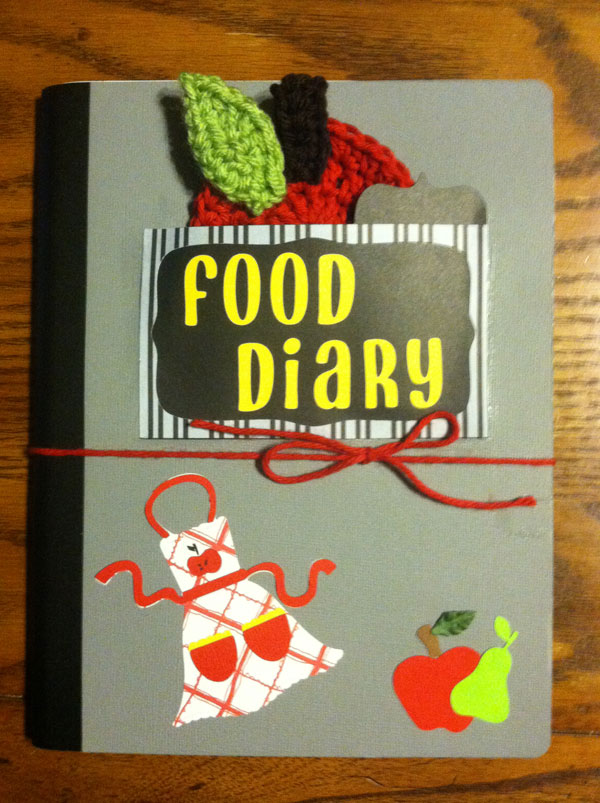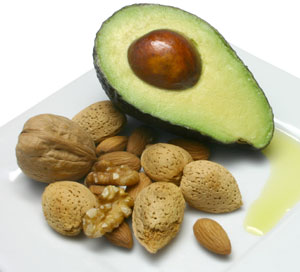CARBOHYDRATES
Carbohydrates are one of the three main ways of getting energy into the body, with fats and protein. These carbohydrates can be sugars or starch. The simplest sugar is glucose which, when it reacts with oxygen in the cell, releases energy. The body will ultimately break down all carbohydrates into glucose. This energy is the life force that keeps us alive and we need it constantly. Thankfully nature has provided us with a way of having a constant supply of it – by storing it as fat. That is so it is ready for those times when you need it. When you eat a meal rich in sugar there is a spike in the levels of blood sugar. This can be dangerous, so the body produces Insulin in the pancreas, then converts the glucose into glycogen. It then turns it into fats. When blood sugar drops too low, this glycogen is converted by glucagon (also from the pancreas) back into glucose.
This is the crux of all weight control: if you can control this glucose-glycogen-glucose cycle you can stop weight gain and promote healthy fat metabolism.
Sugars
Sugars are the simplest Carbohydrates– there are many different sugars, which are different combinations of the basic sugar glucose. Sucrose (table sugar), maltose (malt sugar)and lactose (milk sugar) being the most simple. The problem with simple sugars is that they break down to glucose very quickly. There is more than the body needs in too short a space of time. As we saw before too much blood sugar is dangerous. So it’s stored for later use i.e. as fat. Fructose, from fruit, is more complex and so is harder to break down into its constituent glucose parts. This ironically is good because it means it is broken down to glucose slowly. This slow release means that there is less of a spike and so less is stored as fat. That’s why it’s healthier to get your sugar fix from fruit rather than sweets.
Starch
Starches are even more complex types of carbohydrates, such as those found in potatoes and grain products. They are even slower to break down as so, again, slower to convert into fats.
Please do note though that not only are carbohydrates are great source of energy, they also act as appetite controllers.




